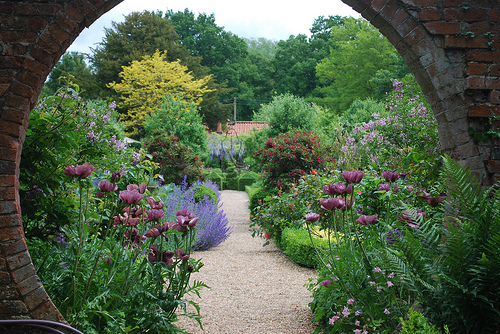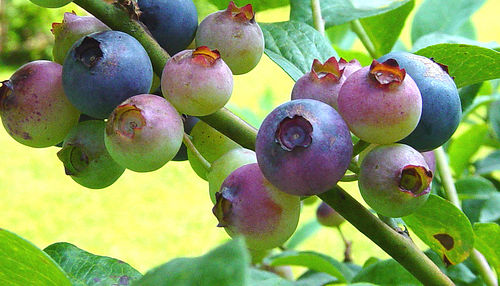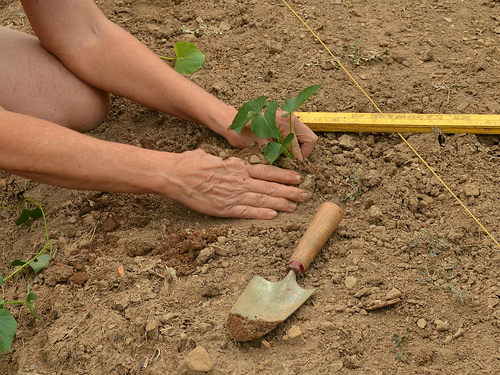You’ll often hear that beautiful gardens need healthy soil. But what does it mean when experts talk about the soil pH value? Read on to discover a few tips about your soil pH, and why it matters for your healthy gardens.

Blueberries photo via Martin LaBar/Flickr Creative Commons
What’s soil pH?
The soil pH is a scientific term that measures the level of acid and alkaline in your soil. That’s good to consider because the pH level affects how well plants can absorb the nutrients they need to grow in the soil. If your soil is too acidic or alkaline, your plants may suffer from nutritional deficiencies and possibly die.
Acidic soil
- This type of soil is often found in areas with heavy rainfall and forest cover, such as the Pacific Northwest and Eastern states. That’s because when rainfall leaches out nutrients such as calcium, they are replaced by acidic elements such as iron. So, the more rainy areas have more acidic elements.
- Blueberries, azaleas, heathers and rhododendrons are some of the plants that thrive in moderate acidic soils (pH 5.0 to 5.5). They can suffer from iron chlorosis if the soil is too alkaline.
Alkaline soil
- Alkaline soil is often found in areas that receive little rainfall such as the western United States.
- That’s why this Western gardener grows her blueberries in a container instead of the ground, so I can better control the soil pH levels by planting them with an acidic potting mix.
Most garden plants will thrive in slightly acidic to neutral soil (pH 6.0 to 7.) The problems tend to occur when the soil pH gets off balance, or you’re trying to grow plants that don’t really like those conditions.

Blueberries photo via Martin LaBar/Flickr Creative Commons
Testing soil pH levels
Keep in mind that your topsoil may have changed when your house was constructed, or as you have added soil amendments over time. It’s a good idea to get a soil pH test if you’re not sure about your own levels and are not having good luck in your garden. Many cooperative extension services around the U.S. offer soil tests with pH results for a nominal fee. When I moved into a new house in Idaho a few years ago, I had my soil tested that way. But you can also purchase an inexpensive test at local garden centers.

Planting photo via Slomoz/Flickr Creative Commons
Changing soil pH levels
Fortunately for gardeners, there are some ways to affect your soil pH levels. Generally, if your soil is too acidic, some form of lime (usually ground agricultural limestone) is often suggested. If your soil is too alkaline, aluminum sulfate and sulfur can decrease the soil pH levels. It’s important to apply the correct amounts, however. To help you learn more about changing soil pH levels in your garden, check out this helpful resource from the Clemson Cooperative Extension.

Share tips, start a discussion or ask one of our experts or other students a question.
No Responses to “What You Need to Know About Soil pH Levels”